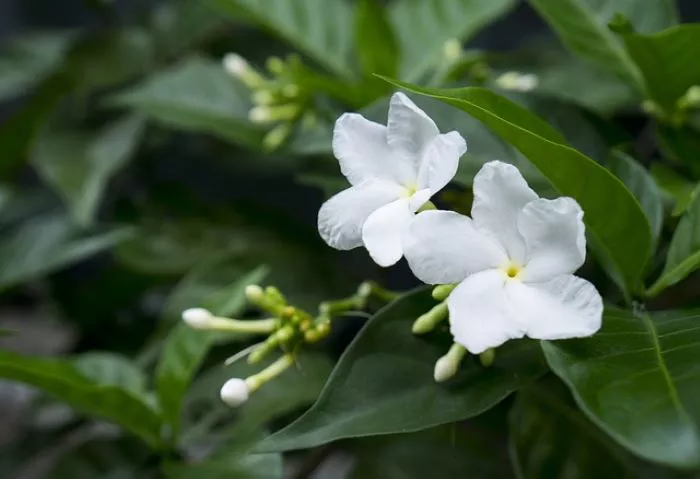January is the beginning of a new year, and it often symbolizes fresh starts and new beginnings. In the world of flowers, each month has its own unique bloom that reflects the characteristics of that time of year. For January, the flower associated with this month is the carnation. This article will explore the significance of the carnation, its characteristics, care tips, and its cultural meanings.
The Significance of the Carnation
The carnation is not only the birth flower for January but also carries a rich history and symbolism. Known scientifically as Dianthus caryophyllus, the carnation has been cultivated for over 2,000 years. It is one of the oldest cultivated flowers and has been used in various cultural and historical contexts.
Carnations are often associated with love, fascination, and distinction. Different colors of carnations convey different meanings. For example, red carnations symbolize deep love and admiration, while pink carnations are often associated with a mother’s undying love. White carnations represent purity and good luck, making them a popular choice for weddings and celebrations.
Characteristics of the Carnation
Carnations are known for their ruffled petals and clove-like fragrance. They come in a wide variety of colors, including red, pink, white, yellow, and purple. This versatility makes them a favorite among florists and gardeners alike.
The flower typically blooms in the spring and summer, but with proper care, they can also be grown indoors during the winter months. Carnations are hardy and can thrive in various conditions, making them suitable for both outdoor gardens and indoor arrangements.
Growing and Caring for Carnations
Carnations are relatively easy to grow and care for, making them a popular choice for gardeners of all skill levels. Here are some essential tips for growing and maintaining healthy carnation plants.
Choosing the Right Location
Carnations thrive in full sun, so it is essential to choose a location that receives at least six hours of sunlight each day. They prefer well-drained soil that is rich in organic matter. If planting in the garden, ensure that the soil is loose and not compacted.
Watering
While carnations are drought-tolerant, they still require regular watering, especially during dry spells. Water the plants deeply but infrequently to encourage deep root growth. It is crucial to avoid waterlogging, as this can lead to root rot.
Fertilization
To promote healthy growth and vibrant blooms, fertilize carnations with a balanced, slow-release fertilizer. Apply the fertilizer in early spring as new growth begins. Follow the manufacturer’s instructions for the correct dosage.
Pruning and Deadheading
Regular pruning and deadheading can encourage more blooms and maintain a tidy appearance. Remove spent flowers to prevent the plant from going to seed and to promote continuous flowering. Pruning can also help improve air circulation around the plants, reducing the risk of disease.
Pest and Disease Management
Carnations are generally resistant to pests and diseases, but they can occasionally be affected by aphids, spider mites, or fungal infections. Monitor the plants regularly for any signs of infestation. If pests are detected, use organic pest control methods to manage the problem effectively.
Cultural and Symbolic Meanings of Carnations
Throughout history, carnations have held significant cultural meanings. In many cultures, they are used in celebrations, ceremonies, and rituals. For example, in the United States, carnations are often worn on Mother’s Day as a tribute to mothers. A red carnation is worn in honor of a living mother, while a white carnation is worn to remember a deceased mother.
In addition to their use in celebrations, carnations are also popular in floral arrangements for weddings, anniversaries, and other special occasions. Their long-lasting blooms and wide range of colors make them a versatile choice for any event.
Conclusion
The carnation is the flower associated with January, symbolizing love, fascination, and distinction. With its rich history, vibrant colors, and delightful fragrance, the carnation holds a special place in the hearts of many. Understanding the characteristics and care of carnations can enhance any garden or floral arrangement, making them a perfect choice for celebrating the new year. Whether given as a gift or grown in a garden, the carnation embodies the spirit of January and the promise of new beginnings.


